Related Research Articles

Giovanni Ambrogio Figino was an Italian Renaissance painter from Milan.

Giuseppe Maria Crespi, nicknamed Lo Spagnuolo, was an Italian late Baroque painter of the Bolognese School. His eclectic output includes religious paintings and portraits, but he is now most famous for his genre paintings.

Andrea Appiani was an Italian neoclassical painter.
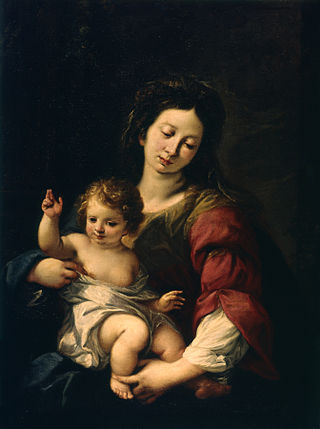
Carlo Francesco Nuvolone was an Italian painter of religious subjects and portraits who was active mainly in Lombardy. He became the leading painter in Lombardy in the mid-17th century, producing works on canvas as well as frescoes. Because his style was perceived as close to that of Guido Reni he was nicknamed il Guido della Lombardia.

Eleuterio Pagliano was an Italian painter of the Romantic period as well as an activist and fighter of the Risorgimento.

Filippo Abbiati (1640–1715) was an Italian painter of the early-Baroque period, active in Lombardy and Turin, together with Andrea Lanzani and Stefano Maria Legnani, he was a prominent mannerist painters from the School of Lombardy. Born in Milan, he was a pupil of the painter Antonio Busca. Alessandro Magnasco was one of his pupils along with Pietro Maggi and Giuseppe Rivola. Ticozzi claims he trained, along with Federigo Bianchi, with Carlo Francesco Nuvolone. Along with Bianchi, he painted the cupola of Sant'Alessandro Martire in Milan. Abbiati also painted a St. John preaching in the Wilderness for a church in Saronno.

Giuseppe Bertini (1825–1898) was an Italian painter, active in his native Milan.
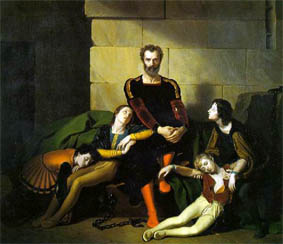
Giuseppe Diotti was an Italian painter of the Neoclassic style.

The Marriage of the Virgin, also known as Lo Sposalizio, is an oil painting by the Italian High Renaissance artist Raphael. Completed in 1504 for the Franciscan church of San Francesco, Città di Castello, the painting depicts a marriage ceremony between Mary and Joseph. It changed hands several times before settling in 1806 at the Pinacoteca di Brera.
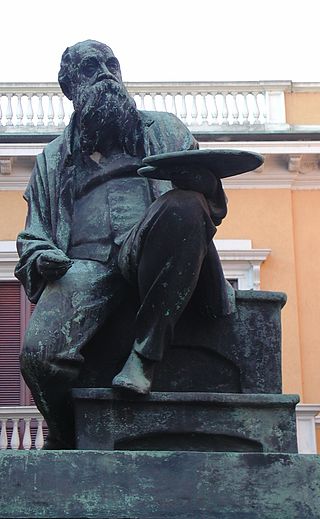
Mosè Bianchi (1840–1904) was an Italian painter and printmaker.

Filippo Carcano was an Italian painter.
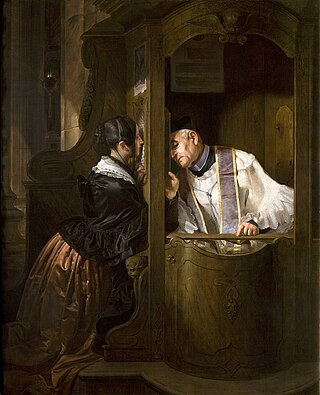
Giuseppe Molteni was an Italian painter.

Luigi Rossi (1853–1923) was a Swiss painter.
Raffaele Casnédi was an Italian painter and scenic designer, active mainly in Milan.
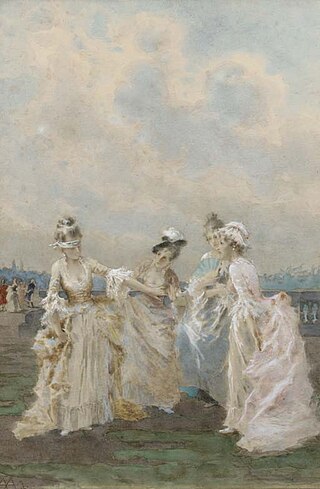
Angiolo Achini was an Italian painter.

Giuseppe Sogni was an Italian painter.

Giuseppe Amisani was an Italian portrait painter of the Belle Époque.
Pietro Michis was an Italian painter, mostly of genre scenes.

Felice Schiavoni was an Italian painter, depicting history, genre, and portraits. During his early career, he often collaborated with his father, the painter Natale Schiavoni.
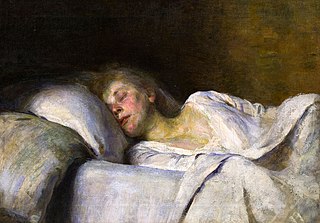
Gian Maria Rastellini was an Italian neo-impressionist painter.
References
- ↑ Dizionario degli Artisti Italiani Viventi: pittori, scultori, e Architetti., by Angelo de Gubernatis. Tipe dei Successori Le Monnier, 1889, page 84.
- ↑ Lombardy Beni Culturali